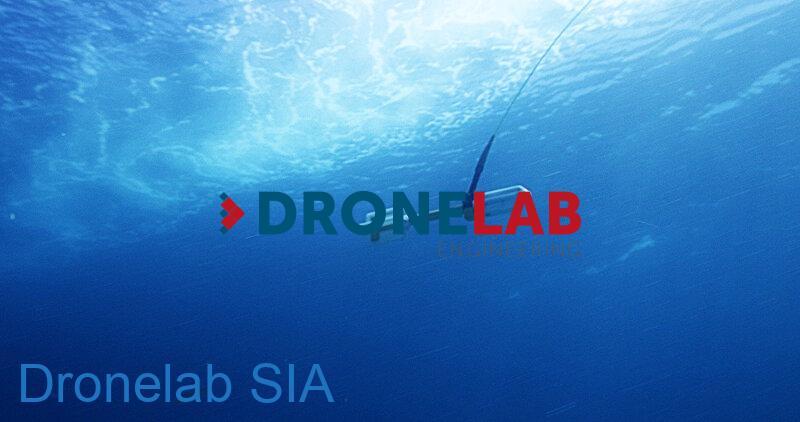An underwater magnetometer is a device that is used to measure the strength and direction of a magnetic field underwater. It is often used in marine surveys to detect buried objects, such as shipwrecks or pipelines.

The following is a general description of the electrical parts that are typically used in an underwater magnetometer:
- Magnetic Sensor: This is the main component of the magnetometer, which detects the magnetic field underwater. There are different types of magnetic sensors, including proton precession, fluxgate, and magnetoresistive sensors.
- Pre-amplifier: The pre-amplifier amplifies the signal from the magnetic sensor, making it stronger and easier to process.
- Analog-to-Digital Converter (ADC): The ADC converts the analog signal from the pre-amplifier to a digital signal that can be processed by a computer.
- Microcontroller: The microcontroller is a small computer that controls the magnetometer and processes the data from the ADC.
- Power Supply: The power supply provides the necessary electrical power to the magnetometer. In underwater applications, the power supply may be a battery or a rechargeable battery pack.
- Data Logger: The data logger records the data from the magnetometer, which can be analyzed later.
- Communication Interface: The communication interface allows the magnetometer to communicate with a computer or other device, such as a GPS receiver.
- Housing: The housing of the magnetometer is designed to be waterproof and durable, protecting the internal components from damage due to water and other environmental factors.
Overall, an underwater magnetometer is a complex device that uses a combination of electrical and mechanical components to detect and measure the magnetic field underwater. The specific electrical parts used in the device will depend on the type of sensor used, as well as other factors such as power requirements and communication needs.
